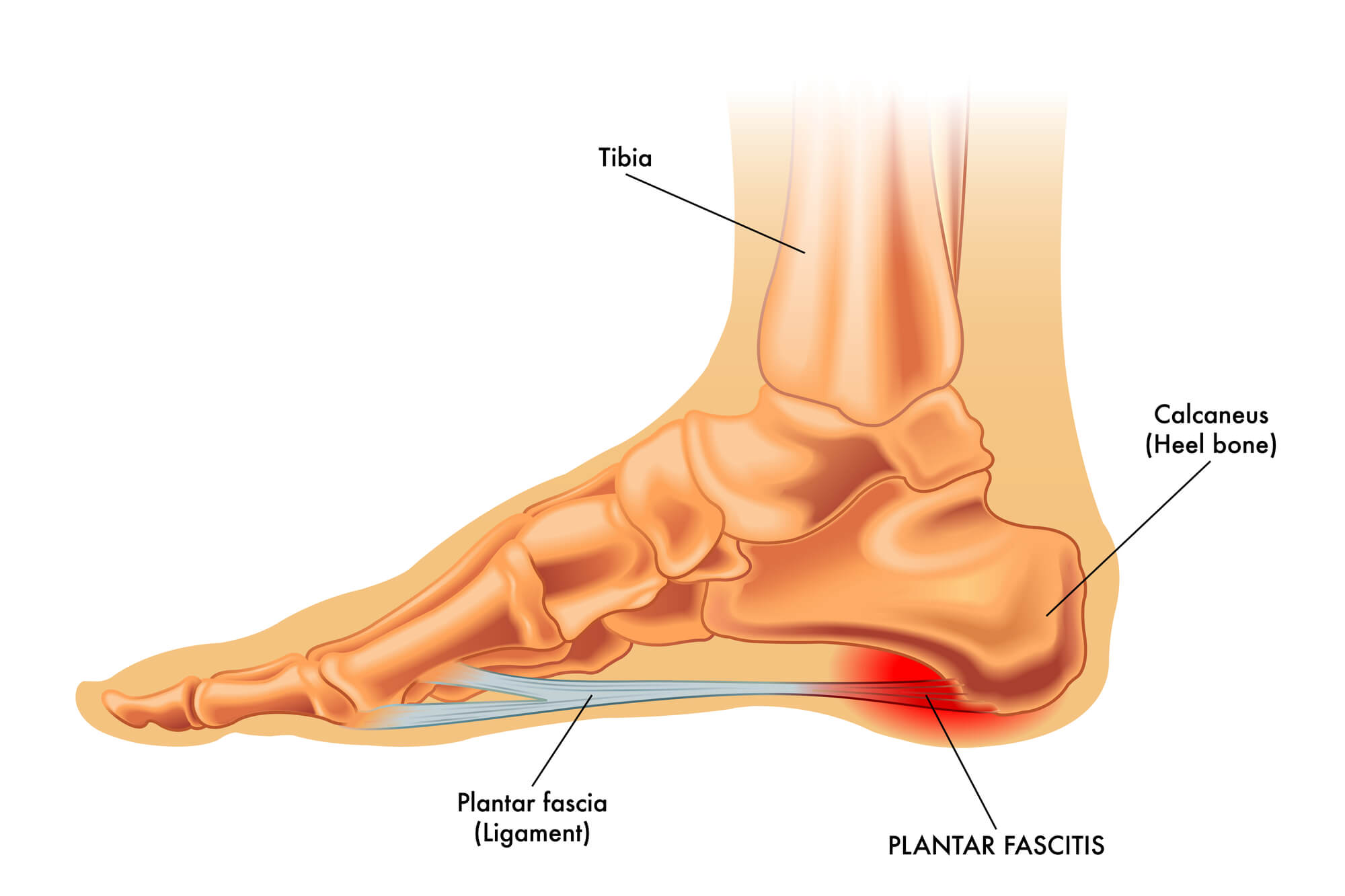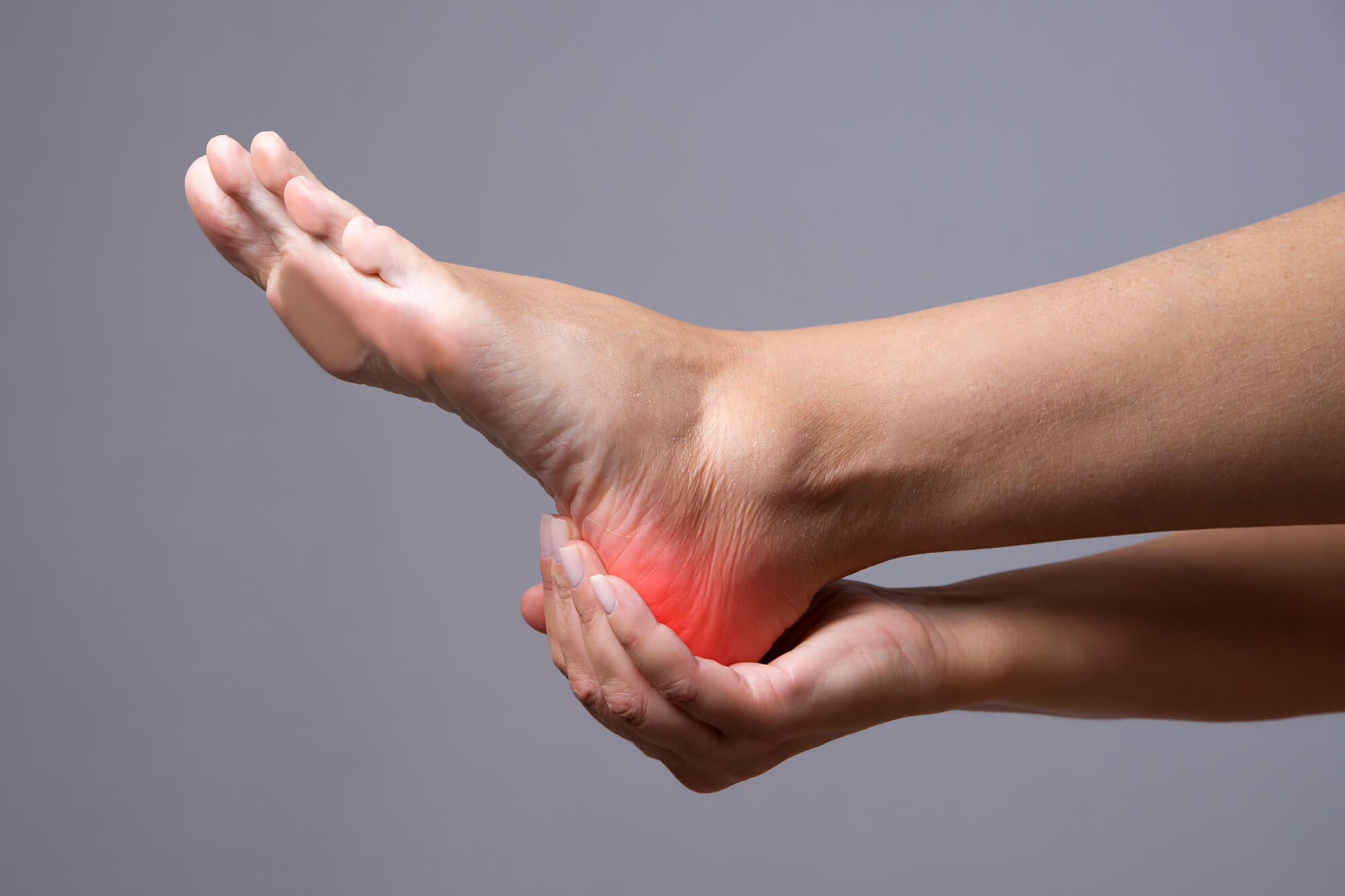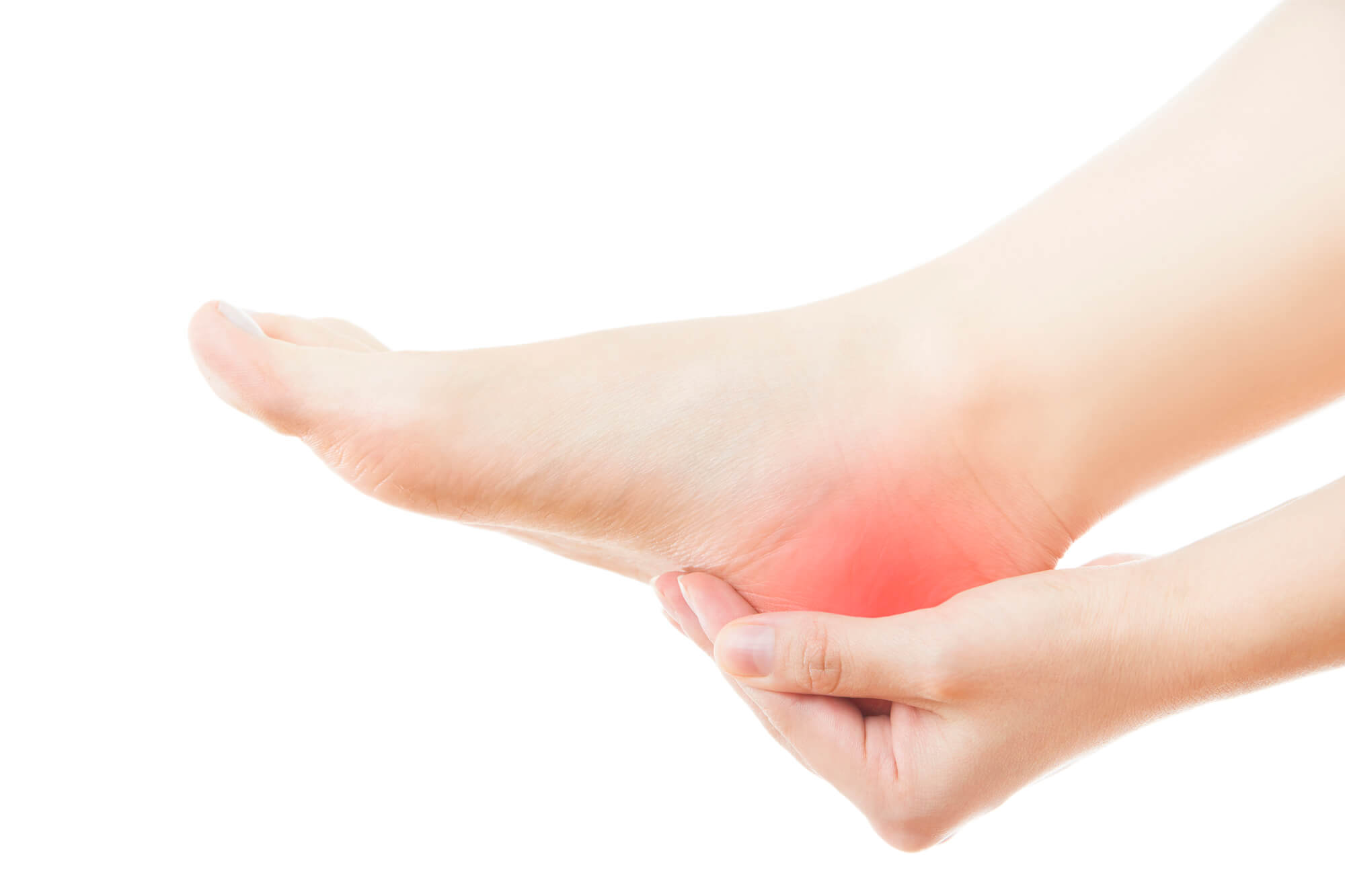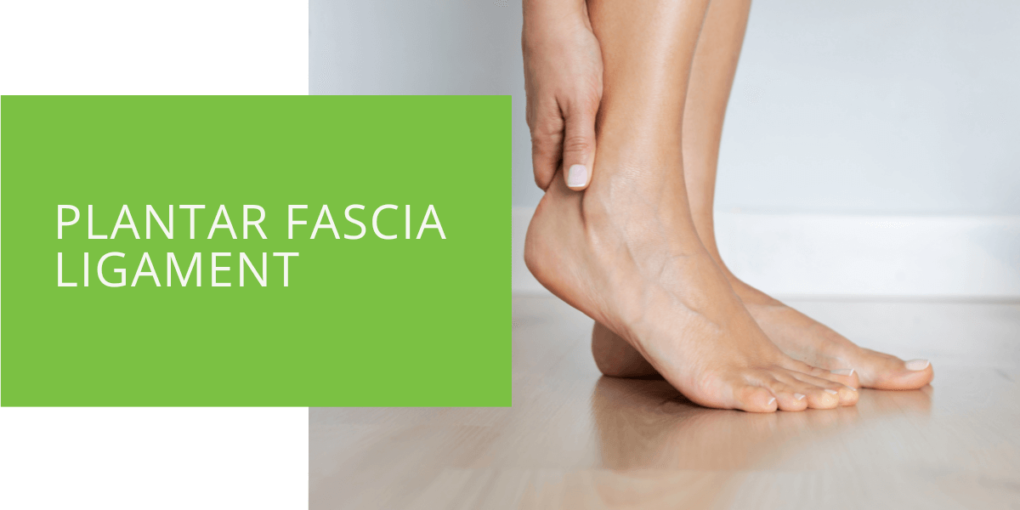Plantar Fascia Ligament
The plantar fascia ligament is a long, thin band of connective tissue that runs from the heel bone to the toes. It is an important structure in the foot that helps to support and stabilize the arch and plays a crucial role in movement and balance. When the plantar fascia ligament becomes strained or damaged, it can lead to a condition called plantar fasciitis, a common cause of heel pain.
Anatomy of the Plantar Fascia Ligament
The plantar fascia ligament is made up of tough, fibrous tissue that can withstand the stress and strain of daily activities. It is attached to the heel bone (calcaneus) at one end and extends forward to the toes, attaching to the base of the metatarsals (the bones in the middle of the foot). The plantar fascia ligament is divided into three bands, each serving a specific function.
The plantar fascia ligament works with other structures in the foot to support the arch and help the foot absorb shock. The ligament is supported by the muscles and tendons in the foot and the fat pad in the heel, which helps cushion each step's impact. The arch of the foot is also supported by the tarsal bones and the interosseous muscles, which run between the metatarsals.

Causes of Plantar Fasciitis
Plantar fasciitis is a condition that occurs when the plantar fascia ligament becomes strained or inflamed. This can be caused by a variety of factors, including:
- Overuse and repetitive strain injuries: Plantar fasciitis is often the result of overuse or repetitive strain injuries, such as those sustained by runners or other athletes who engage in high-impact activities. The constant pounding on the heels and toes can cause the plantar fascia ligament to become strained and inflamed.
- Poor footwear and inappropriate exercise: Wearing shoes that do not provide sufficient support or cushioning can strain the plantar fascia ligament. Similarly, engaging in high-impact activities without proper conditioning or warm-up can increase the risk of plantar fasciitis.
- Age and weight: As we age, our bodies naturally start to lose elasticity and strength, which can make us more prone to plantar fasciitis. Additionally, being overweight can put additional strain on the feet and increase the risk of plantar fasciitis.
- Other factors: There are a number of other factors that may contribute to the development of plantar fasciitis, including tight calf muscles, flat feet, high arches, and occupations that involve standing for long periods.

Symptoms of Plantar Fasciitis
The main symptom of plantar fasciitis is pain and discomfort in the heel and arch of the foot. This pain is often worst first thing in the morning or after periods of inactivity. Other symptoms of plantar fasciitis may include:
- Difficulty walking or standing for long periods standing.
- Stiffness in the foot, particularly in the morning
- Swelling and tenderness in the heel and arch
In severe cases, plantar fasciitis can cause a sharp, stabbing pain in the heel, making it difficult to walk or even stand. The pain may also radiate into the toes or up the leg and can be exacerbated by certain activities, such as walking barefoot or on hard surfaces.

Treatment Options for Plantar Fasciitis
If you are experiencing symptoms of plantar fasciitis, it is important to seek treatment as soon as possible to prevent the condition from worsening. Treatment options for plantar fasciitis may include:
- Rest and ice: Resting the foot and applying ice to the affected area can help to reduce inflammation and pain. It is important to avoid activities that put additional strain on the foot, such as running or jumping, until the condition improves.
- Stretching and strengthening exercises: Stretching and strengthening exercises can help to improve flexibility and strengthen the muscles in the foot and lower leg. These exercises may include calf stretches, toe stretches, and exercises to strengthen the arch of the foot. Your podiatrist or physical therapist can help you develop a personalized exercise plan.
- Orthotic inserts and proper footwear: Orthotic inserts, which are inserts placed inside the shoe to provide additional support and cushioning, can help alleviate the strain on the plantar fascia ligament. It is also important to wear shoes that provide proper support and cushioning and to avoid high-heeled or flat shoes.
- Physical therapy: Physical therapy can help to improve flexibility and strength in the foot and lower leg and may include massage, ultrasound, and other modalities. Your podiatrist or physical therapist can help you develop a physical therapy plan tailored to your needs.
- Medications and injections: In some cases, medications or injections may be recommended to help reduce inflammation and pain. These may include nonsteroidal anti-inflammatory drugs (NSAIDs), corticosteroid injections, or other medications.
- Surgery (as a last resort): In rare cases, surgery may be recommended to release the plantar fascia ligament or to remove a heel spur (a bony growth that can develop on the heel bone). This is typically only considered a last resort when other treatment options have failed.

Prevention of Plantar Fasciitis
There are several steps you can take to prevent the development of plantar fasciitis, including:
- Wearing proper footwear: Choosing shoes that provide proper support and cushioning can help to reduce the risk of plantar fasciitis. It is important to choose shoes that fit properly, provide sufficient arch support, and avoid high-heeled or flat shoes.
- Stretching and strengthening exercises: Stretching and strengthening exercises can help to improve flexibility and strengthen the muscles in the foot and lower leg, which can help to prevent plantar fasciitis.
- Maintaining a healthy weight: Being overweight can put additional strain on the feet and increase the risk of plantar fasciitis. Maintaining a healthy weight can help to reduce the risk of this condition.
- Avoiding high-impact activities if prone to plantar fasciitis: If you are prone to plantar fasciitis, it may be advisable to avoid high-impact activities or to engage in them only after properly warming up and conditioning.

Conclusion
The plantar fascia ligament is an important structure in the foot that helps to support and stabilize the arch. When this ligament becomes strained or damaged, it can lead to plantar fasciitis, a common foot injury that causes pain and discomfort in the heel and arch. Plantar fasciitis has various treatment options, ranging from conservative measures such as rest, ice, and stretching and strengthening exercises to more invasive treatments such as medications, injections, and surgery. It is important to seek treatment from a qualified podiatrist or other healthcare providers as soon as possible to prevent the condition from worsening.
Individuals can reduce their risk of developing this condition by taking steps to prevent plantar fasciitis, such as wearing proper footwear, stretching and strengthening exercises, and maintaining a healthy weight. If you are experiencing symptoms of plantar fasciitis, it is important to consult with a podiatrist or other healthcare provider to determine the best course of treatment. With the right treatment and preventive measures, it is possible to manage and alleviate the pain and discomfort associated with plantar fasciitis.

